A Guide to Choosing Healthy Nut Butters
Ever wondered how to choose a healthy nut butter that's perfect for your dietary goals?
In the United States alone, people devour over 700 million pounds of peanut butter every year – and it's no secret why! From being a delicious toast topping to a satisfying addition to a smoothie, nut butters are a staple household item. However, with so many brands and varieties to choose from, it can be hard to know where to start.
That's why we've put together a comprehensive guide just for you. Read on to discover how you can select the healthy nut butter that's right for you!
Peanut Butter: America's Favorite
Peanut butter is arguably the most popular nut butter. It's made from dry-roasted peanuts that are ground into a paste. Peanut butter contains loads of healthy fats, protein, fiber, and other essential nutrients such as vitamin E, magnesium, and potassium.
It's even an excellent source of monounsaturated fats. These are heart-healthy fats that can help lower bad cholesterol levels. When choosing peanut butter, it's important to read the ingredient list.
Look for options that contain peanuts and possibly salt. Avoid those with lots of added sugars, hydrogenated oils, and preservatives. These ingredients can negate the health benefits of peanut butter and contribute to empty calories.
Types of Peanut Butter
There are several types of peanut butter out there. Each has its own unique characteristics and benefits. Here are some common types:
Regular Peanut Butter
This is the classic version of peanut butter made from dry-roasted peanuts. It sometimes has added salt for flavor. It has a creamy texture, and people cook with it in tons of ways.
Natural Peanut Butter
Natural peanut butter contains peanuts without any added sugars, hydrogenated oils, or preservatives. It often requires stirring since the natural oils separate from the peanuts. Natural peanut butter may have a slightly runnier texture compared to regular peanut butter, but it contains only pure peanuts, making it a healthy option.
Crunchy Peanut Butter
As the name suggests, crunchy peanut butter contains small pieces of peanuts. This gives it a crunchy texture. It's a popular choice for those who enjoy a bit of texture in their nut butters.
Light Peanut Butter
Light peanut butter is made by reducing the fat content compared to regular peanut butter. It often contains added sugars or artificial sweeteners to compensate for the reduced fat. This makes it less healthy compared to regular peanut butter.
Organic Peanut Butter
Organic peanut butter contains peanuts that were grown without pesticides or fertilizers. It's a wonderful option for people who prefer organic foods and want to avoid exposure to harmful chemicals.
Enhanced Peanut Butter
Plain peanut butter can get a little boring over time. You should try enhanced peanut butters that come in exciting flavors. You can enjoy butterscotch sundae, cinnamon coffee cake, monster cookie, and more, all made with high-quality ingredients.
Nut Butter Beyond Peanuts
Peanut butter may be the most well-known nut butter. There are still many other types of nut butters available that offer different flavors, textures, and nutritional profiles. Here are some popular nut butters:
Almond Butter
Almond butter contains dry-roasted almonds, and it's known for its sweet taste and creamy texture. It's also an awesome source of healthy fats, protein, fiber, vitamin E, and magnesium. Almond butter is a great alternative for those with peanut allergies or those who prefer a different flavor profile.
Cashew Butter
Cashew butter contains dry-roasted cashews, and it also has a creamy and sweet taste. It's lower in fat compared to peanut and almond butter but still provides healthy fats, protein, and fiber. Cashew butter is a good option for those who want a milder flavor and luxurious texture.
Walnut Butter
Walnut butter contains roasted walnuts, and it has an earthy flavor. It contains omega-3 fatty acids, which are known for their heart-healthy benefits. Walnut butter also provides protein, fiber, and other essential nutrients.
Choosing Healthy Nut Butters
When it comes to choosing healthy nut butters, there are several factors to consider. These tips will help you make an informed decision:
1. Read the Ingredient List
Always read the ingredient list of nut butters before purchasing. Look for options that have a clean and simple list that showcase the nut. Avoid those with artificial sweeteners and other unhealthy additives.
2. Check Out the Nutrition Profile
Pay attention to the nutritional profile of nut butters. This should include the amounts of healthy fats, protein, fiber, and other essential nutrients. Choose nut butters that are rich in healthy fats, moderate in protein and fiber, and low in added sugars.
3. Consider Allergies and Dietary Restrictions
Do you have allergies or dietary restrictions, such as peanut allergies or a preference for organic foods? If so, you should choose nut butters that meet your specific needs. There are plenty of alternatives available, such as almond butter and cashew butter, that can cater to different dietary requirements.
4. Pay Attention to Portion Sizes
Nut butters are calorie-dense healthy foods, so always be aware of portion sizes to avoid eating too many calories. A recommended serving size for nut butters is around one to two tablespoons. Use nut butters in moderation as part of a balanced diet.
5. Consider Personal Taste and Preferences
The last factor that you should consider when choosing nut butters is your personal taste preferences. Different nut butters have distinct flavors and textures, so choose the ones that you enjoy the most. Experiment with different types of nut butters to find your favorites and incorporate them into your meals and snacks in creative ways.
6. Do Some Research on Nut Butter Brands
Researching nut butter brands allows you to make informed choices about the quality and safety of the products you're consuming. Not all nut butter brands are created equal, and factors such as ingredient quality, production practices, and nutrition content can vary greatly among different brands.
By conducting research, you can ensure that you are selecting nut butters that align with your health goals, dietary preferences, and potential allergen concerns.
Incorporating Nut Butters Into a Healthy Diet
Nut butters are a nutritious addition to a healthy diet when consumed in moderation. Once you've found high-quality nut butters, you might be curious about what you can do with them. Here are some tricks on how to include nut butters into a healthy diet:
Use Nut Butters as Spreads
Nut butters can be used as a delicious and nutritious spread on whole-grain bread, rice cakes, or crackers. Pair them with sliced fruits, such as bananas, apples, or berries, for a satisfying and balanced snack or breakfast option.
Blend Nut Butters into Smoothies
Add a spoonful of nut butter to your favorite smoothie recipe to boost its nutritional content. Nut butters can add creaminess, flavor, and healthy fats to your smoothies, making them more satisfying and filling.
Stir Nut Butters into Yogurt or Oatmeal
Swirl nut butters into your yogurt or oatmeal for a creamy and delicious treat. Nut butters can add richness, flavor, and nutrition to your breakfast or snack options.
Dip Fruits or Vegetables in Nut Butters
Cut up some apple slices, celery sticks, or carrot sticks and dip them into nut butters for a satisfying and nutrient-rich snack. Nut butters can provide a balance that slows down digestion to keep you full and satisfied.
Use Nut Butters in Salad Dressings or Sauces
Mix nut butters with some vinegar, oil, and seasonings to create a flavorful salad dressing or sauce. Nut butters can add creaminess, richness, and nutrition to your dressings or sauces, making them a healthier option compared to store-bought ones that may be high in unhealthy fats and sugars.
Make Nut Butter-Based Desserts
You can use nut butters in a variety of desserts, such as cookies, brownies, and bars. Look for recipes that use nut butters as a main ingredient for a delicious and healthier twist on traditional desserts.
Are You Excited to Start Eating More Healthy Nut Butters?
Finding a healthy nut butter can be a daunting task with so many brands out there using questionable ingredients. However, with our guide, you can discover your perfect nut butter match and start creating delicious recipes in no time.
At American Dream Nut Butter, we believe that healthy eating should be enjoyable, which is why we've crafted some of the most unique nut butter flavors you've ever tasted. Don't settle for boring, check out our products to add some excitement and nourishment to your pantry!
Lots of great info in this article! So many choices out there. And that’s why I love your products so much.
Honestly, I hadn’t started branching out to cashew and almond butters until I tried American Dream. Once I was enticed by the enhanced flavors of some of these non PB nut butter and I tried them I was hooked! I love how each different type of nut butter has its own texture and taste. This makes some better for mixing or spreading and others better out of the jar! Glad I’ve found the wide array of options!
I recently found my love for nut butter, and how to incorporate it into my everyday diet. It is relieving that when choosing
American Dream nut butter, I can still indulge in a sweet treat without worrying about my fitness goals! The ingredients are top-notch and as someone with a gluten intolerance and sensitive stomach, I reach for American Dream nut butter daily. I love the examples of ways you can incorporate nut butter into your diet, and it has inspired me to try some new recipes soon.
This is so very helpful!!
Great info and read! Very helpful and useful!
I absolutely love all the different ways we can use NutButters. I have been on a weight loss journey and finding these have really helped me out ❤️
Wow that was a great read and very informative! All I knew growing up was peanut butter bought from the store, which is yummy but not very healthy! I used to be a peanut butter Stan but ADNB has made me into every nut butter lover! I love that this is a healthier option as I’m trying to lose weight by Wegovy and get healthier. I’m a chronic pain fighter and to have something that tastes this good but still be good for you is amazing! My sister who had the gastric sleeve introduced me to ADNB & am so happy she did! I have always had a sweet tooth and these have helped me have something sweet without all the sugar! I’m obsessed with having the nut butters with apples! It’s so good!
This article is so helpful and informative!
I used to be “afaird” of eating nut butters because of the high fat content; I assumed it was going to make me fat.
Post ED recovery I have realized and LOVED all of the benefits of nut butters.
My absolute favorite nut butters from ADNB are the fruity Almond & Cashew butters.
My only problem now is eating too much 🙊 of them #noregrets
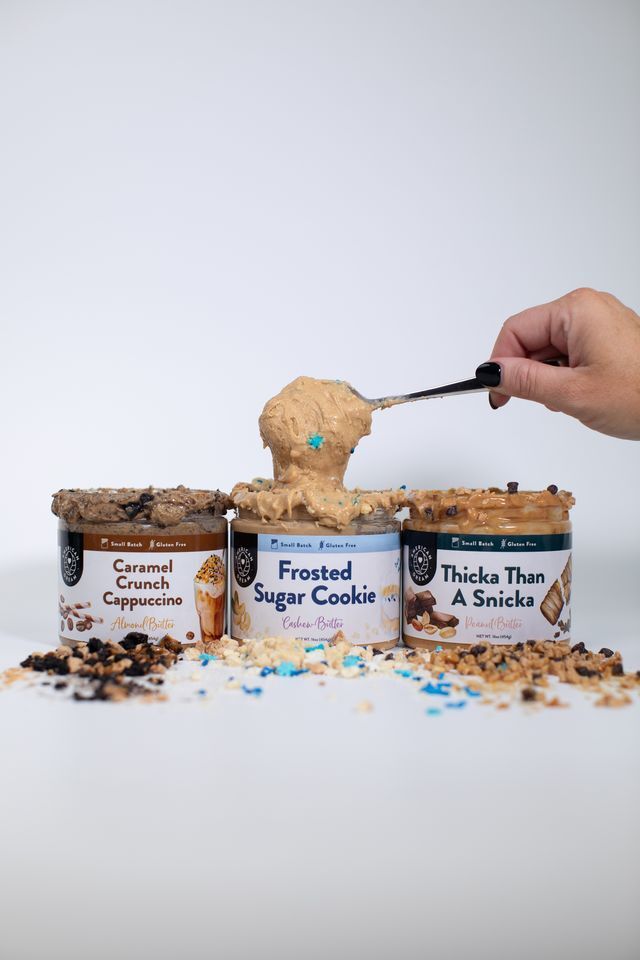 All Nut Butters
All Nut Butters
 Newest Flavors!
Newest Flavors!
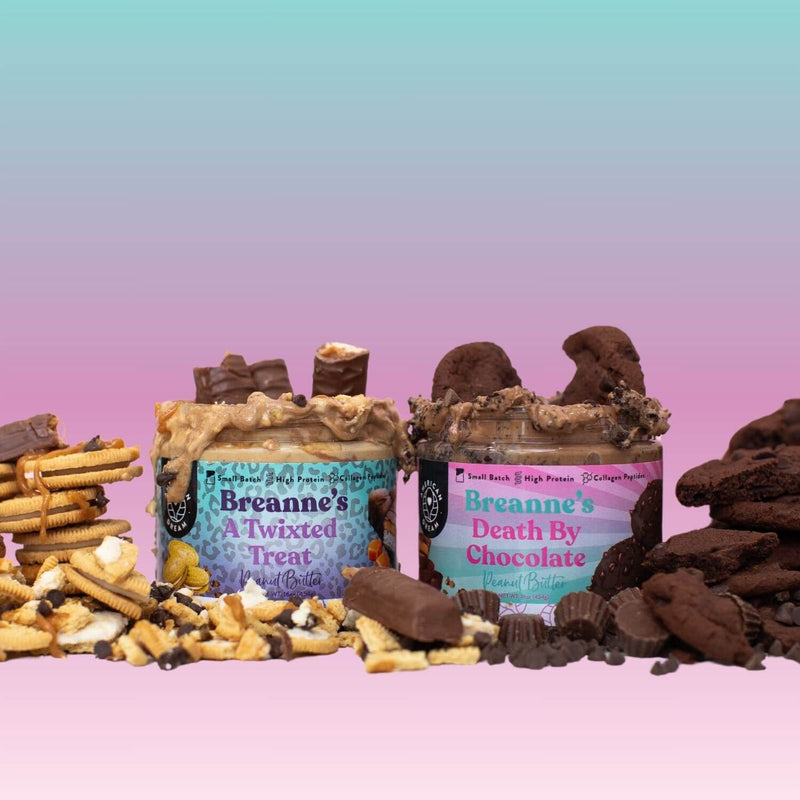 High Protein
High Protein
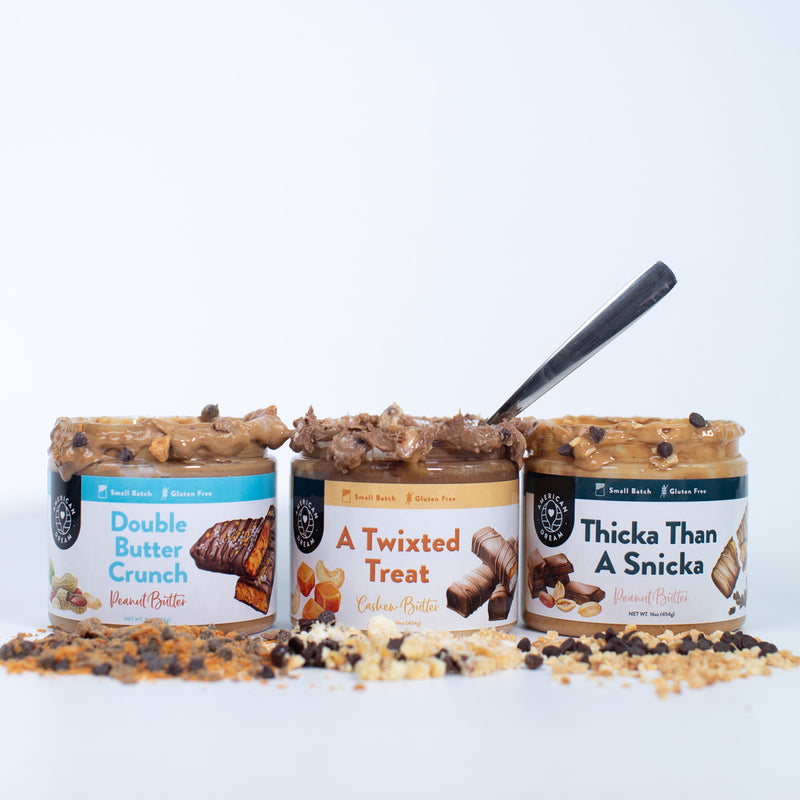 Butter Bundles
Butter Bundles
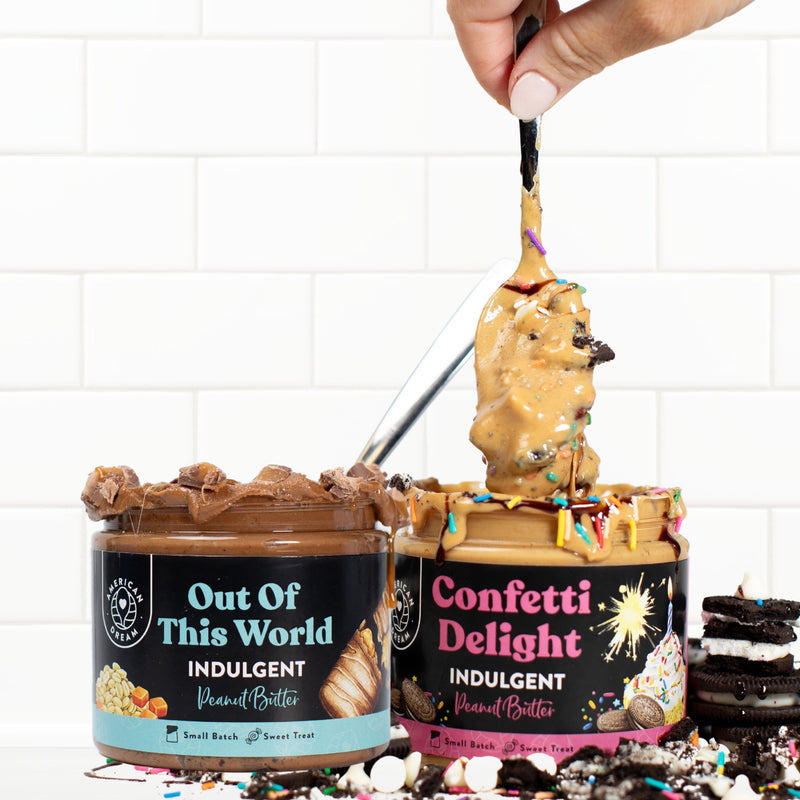 Indulgent Butters
Indulgent Butters
 Cookies
Cookies
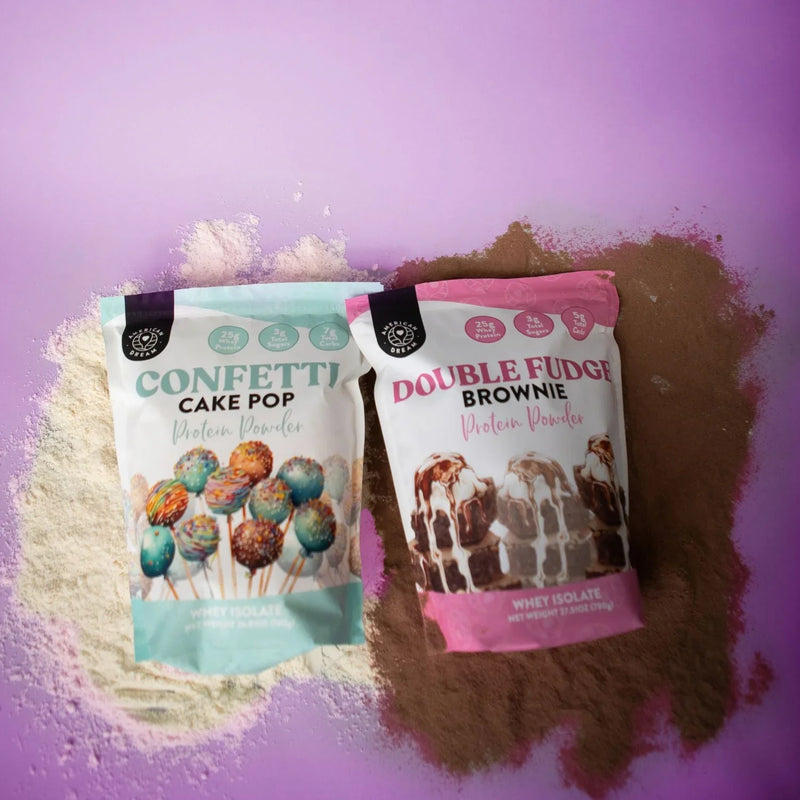 Nutrition
Nutrition
 Retiring Soon
Retiring Soon
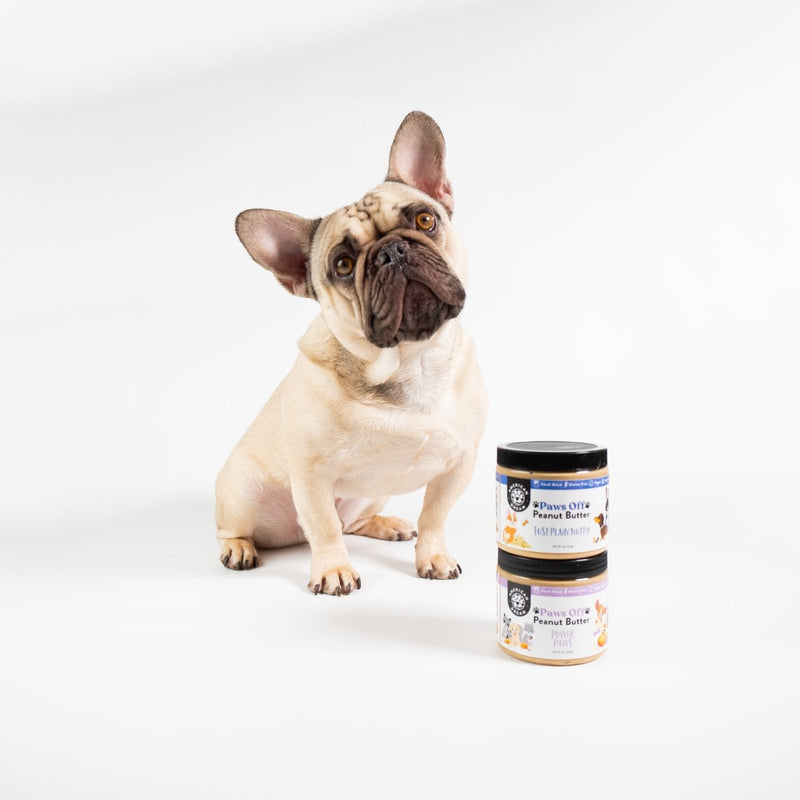 Paws Off
Paws Off
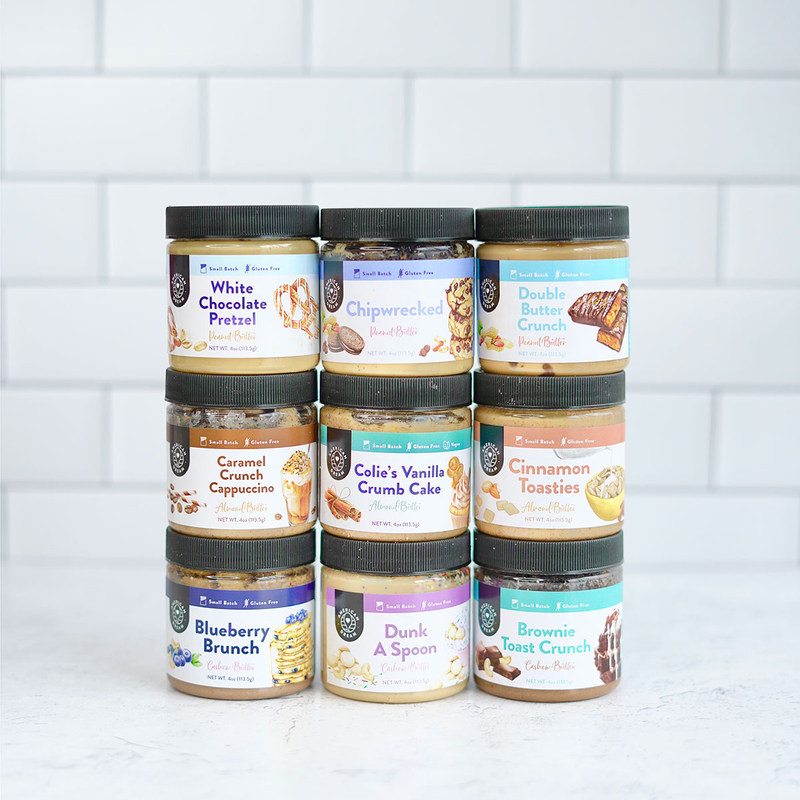 Sample Sizes
Sample Sizes
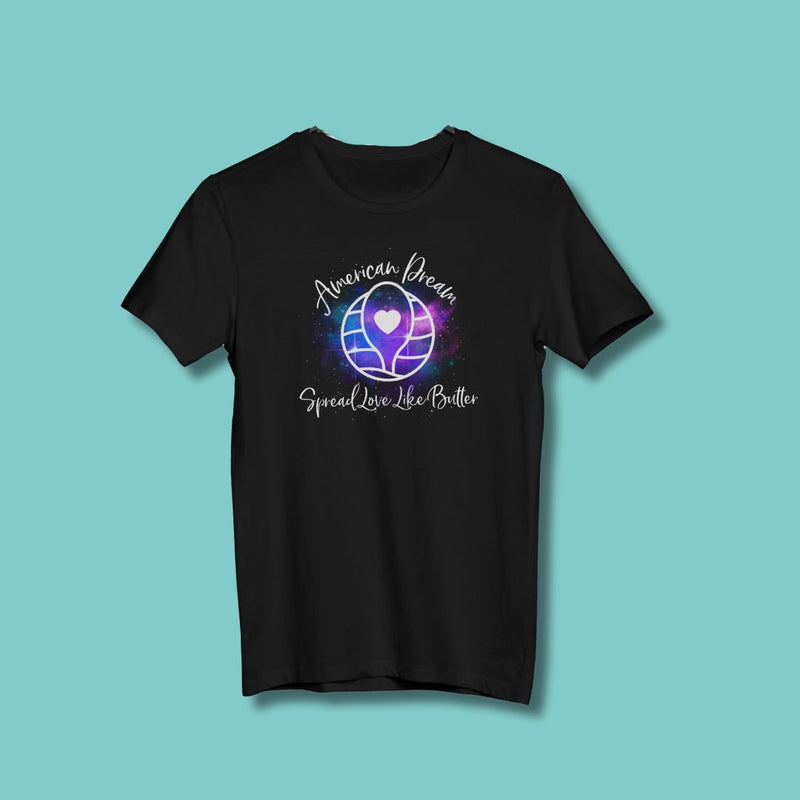 Merch
Merch
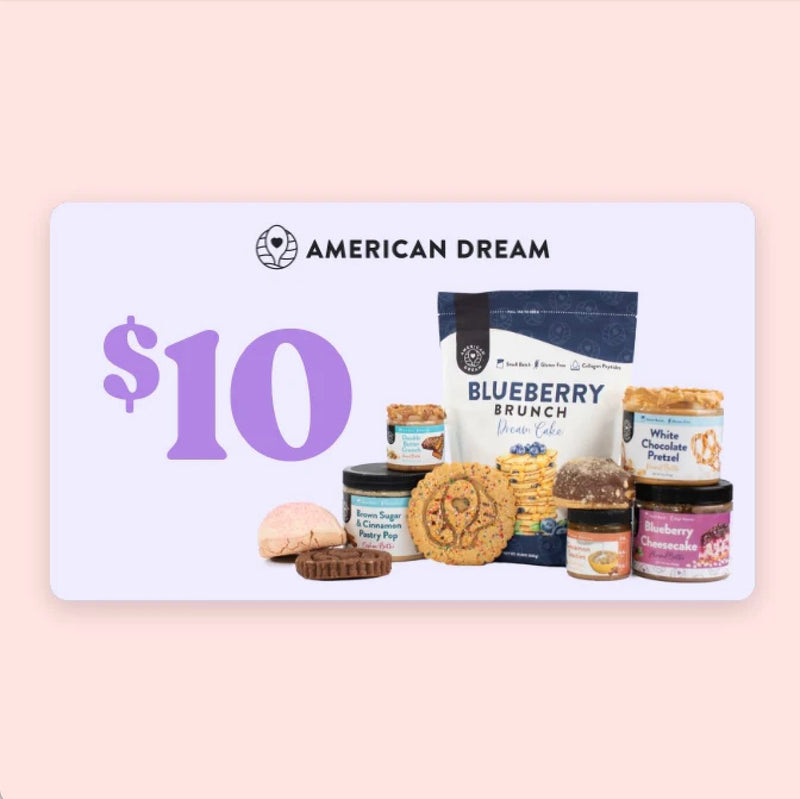 Gifting
Gifting

